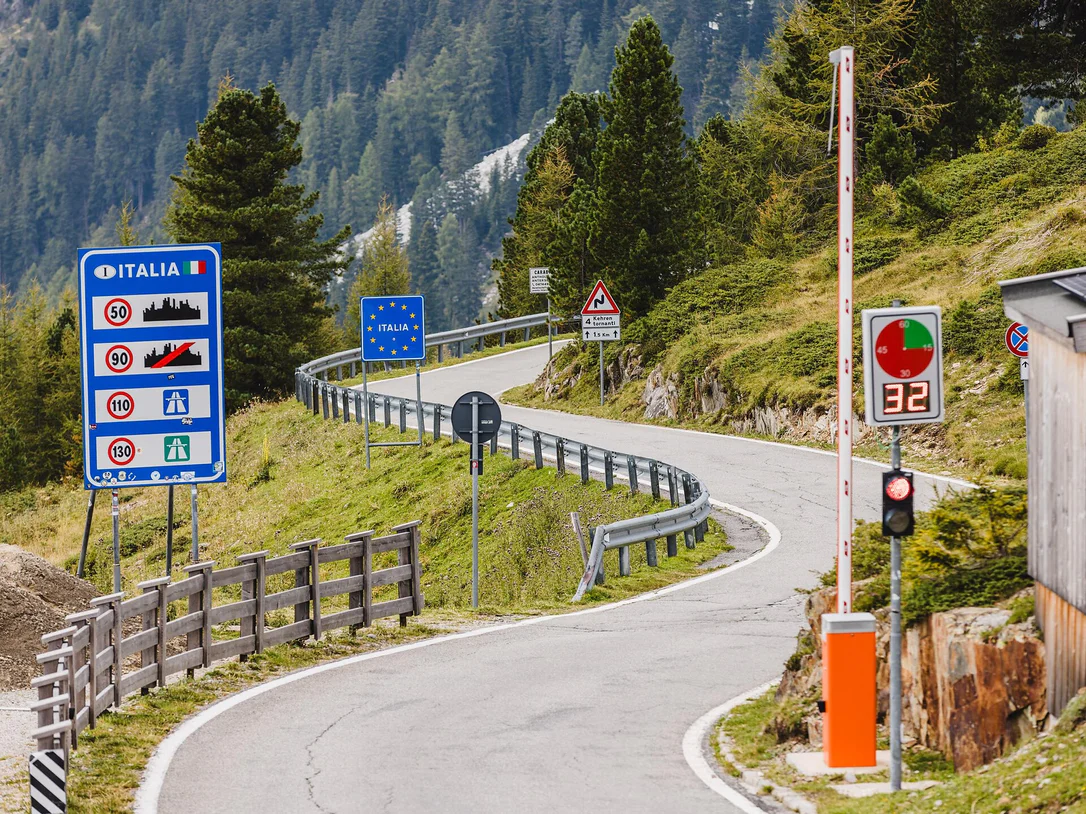N i t t – B a c h – W a s s e r
Der Nittbach selbst, entspringt nicht aus einer eigenen Quelle, sondern bildet sich aus mehreren Rinnsalen, die auf Prader Gemeindegebiet bereits oberhalb der Kalblhütte auf ca. 2150 m ihre Ursprünge aufweisen. Die Wasser des Nittbaches waren nicht nur für die Prader Flur-Riede, den Nitt-, Standlair- und Tschesswiesen von besonderer Wichtigkeit, sondern sie dienten auch als Trink- und Bewässerungswasser für den Standlairhof und Teilen des Alt Tschenglser Feldes. Von den Besitzern des Letzteren, war der „Gemeinde-Ausrufer“ von Prad, laut „Nittbach-Wasservertrag vom 22. Mai 1510, dazu berechtigt, alljährlich am 24. Mai um 13 Uhr am Kirchplatz von Tschengls einen Wasserzins, in Form von Getreide, einzufordern. Zudem legte genanntes Vertragswerk auch ein genaues Wasserbezugsrecht fest. Dessen zugemessene Menge richtete sich nach dem Wasservorkommen und kam alljährlich am Mitte Mai-Abend durch die Dorfmeister von Prad und Tschengls an Ort und Stelle zur genauen Aufteilung. Die Wasserzuteilung an die jeweiligen Grundbesitzer nahm hingegen der jährlich neu bestellte „Waaler“ vor. Er teilte dem an die Reihe Kommenden den Beginn und die Dauer der Bewässerungszeit mit. Im Herbst, am Ende der Bewässerungsperiode, zog der „Wasseransager“ mit Hand-Ziehkarren und Getreidemaß von einem Wasser-Nutznießer zum anderen. Denn bei jedem hatte er für seine Mühe, je nach „Wässerungsstunden“, eine bestimmte Getreidemenge in Empfang zu nehmen. Nach dem Bau der Beregnungs-Anlagen ab den 1970er-Jahren kam dieser alt hergebrachte Brauch zum Erliegen. Der nunmehr so genannte Beregnungswart löste den „Waalerdienst“ ab.
Das „Nittbach-Wasser“ versorgte stets nicht allein Mensch, Tier und Flur mit seinem kostbaren Nass, sondern es barg in sich darüber hinaus auch noch eine heilende Wirkung. So ist uns überliefert, dass fußleidende Menschen und Haustiere nach einem Bad in „Nittwasser“ geheilt wurden. Dies bewog gar Einige die eigentliche Quelle zu finden, allein dies gelang aus oben erwähnten Gründen nicht. In den ersten 1990er-Jahren hat man schließlich unweit des „Nittkreuzes“, in direkter Weg Nähe, eine Art Wassertretanlage errichtet, die seither von Gästen und Einheimischen sehr gerne in Anspruch genommen wird.
Durch das Wassertreten wird der Kreislauf angeregt und die arterielle Durchblutung gefördert. Der Kältereiz lässt die oberflächlichen Blutgefäße kontrahieren. Gemeinsam mit der Muskelbewegung fördert dies auch den venösen Blutstrom und beugt Krampfadern vor. Abends durchgeführt ist Wassertreten übrigens eine Hilfestellung zum besseren Einschlafen.



















































































